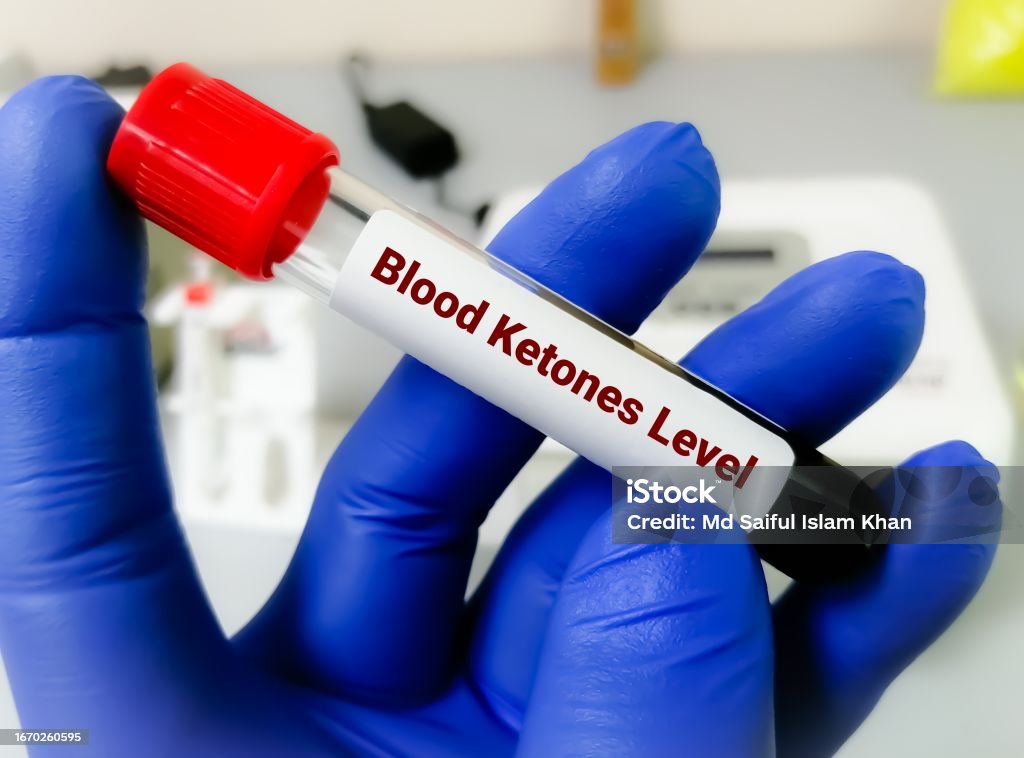Diabetic Ketoacidosis (DKA): Warning Signs, Treatment, and How to Prevent It
Share IT

Launch Your Dream Website with Us!
Click Here to Get in touch with Us.
Categories
Diabetic Ketoacidosis (DKA)
An Unsafe Turn: A Comprehensive Overview of Diabetic Ketoacidosis (DKA)
Chronic diabetes mellitus, which affects blood sugar regulation, can occasionally become life-threatening. A potentially fatal condition known as diabetic ketoacidosis (DKA) results from the body not producing enough insulin to utilise glucose as fuel. This sets off a change in metabolism that produces toxic chemicals known as ketones.
Thank you for reading this post, don't forget to subscribe!Table of Contents

The Fundamental Reason: What Leads to DKA?
Diabetic Ketoacidosis (DKA)
When the body doesn’t have enough insulin, DKA usually occurs. This may occur for a number of reasons:
- Insulin: shots are the only source of insulin for people with type 1 diabetes, therefore missing or not taking enough shots can result in diabetic ketoacidosis (DKA).
- Illness or Infection: If left untreated, illness can raise the body’s need for insulin and cause diabetic ketoacidosis (DKA).
- Specific Drugs: Certain drugs, like as steroids, can prevent insulin from doing its job and cause DKA.
- Abrupt Shifts in Insulin Requirements: If not well managed, sudden changes in insulin requirements, such as those that occur during puberty or growth spurts, can raise the risk of DKA.
A Chain of Events: The Development of DKA
Diabetic Ketoacidosis (DKA)
The following summarises the metabolic processes that result in DKA:
- Insulin Deficiency: Unused glucose circulates in the bloodstream due to insufficient insulin, preventing it from entering cells (hyperglycemia).
- Energy from Fat Breakdown: When the body is starved of glucose, it begins to break down fat to produce ketones as a consequence.
- Ketone Accumulation: Although the body can tolerate modest levels of ketones, overproduction overwhelms the system and causes ketone accumulation in the urine (ketonuria) and blood (ketonemia).
- Acidosis: Because ketones are acidic, an accumulation of them can upset the body’s normal acid-base equilibrium, leading to a potentially fatal disease known as metabolic acidosis.
The Red Flags: Understanding DKA Symptoms
Diabetic Ketoacidosis (DKA)
DKA progresses quickly, thus early identification is essential. Keep an eye out for these possible red flags:
- Urinating a lot: The body uses urine as a way to get rid of extra glucose and ketones.
- Increased thirst: Dehydration brought on by frequent urination produces thirst.
- Fruity breath: One may perceive the characteristic fruity scent of acetone, a kind of ketone, on the breath.
- Vomiting and nausea: Ketones have the ability to aggravate the stomach, resulting in vomiting and nausea.
Stomach ache: DKA may result in stomach ache.
Diabetic Ketoacidosis (DKA)
- Breathing problems: Breathing problems resulting from acidosis can cause dyspnea.
- sleepiness and confusion: Severe DKA can impair mental clarity and result in either sleepiness or confusion.
In the event that you encounter any of these indications, promptly seek medical assistance.
Quick Action Is Essential: Handling DKA
Diabetic Ketoacidosis (DKA)
DKA is a medical emergency that has to be admitted to the hospital right away. Typically, treatment entails:
- Intravenous Fluids: Rehydrating is essential for addressing electrolyte imbalances and dehydration.
- Insulin Therapy: The infusion of insulin lowers blood sugar levels and facilitates the uptake of glucose into cells.
- Electrolyte Replacement: Intravenous fluids are used to restore lost electrolytes, such as potassium.
- Monitoring and Management: To guarantee recuperation and avert problems, blood sugar, ketones, and electrolytes are regularly checked.
Stopping the Danger: How to Lower Your Chance of DKA
Diabetic Ketoacidosis (DKA)
There are several ways to considerably lower the risk of DKA:
- Maintaining Consistent Insulin Management: Don’t forget to take your insulin as directed by your doctor.
- Monitoring Your Blood Sugar: Keep a regular eye on your blood sugar levels to spot any rises and modify your insulin dosage as necessary.
- Take Charge of Your Health: Eating a balanced diet, getting regular exercise, and getting adequate sleep will help you maintain good general health.
- Keep an eye out for Illness: Recognise possible ailments and get in touch with your physician as once if you become ill.
- It’s All About Communication: Consult your doctor about sick day policies, and make sure you have a well-defined strategy in place for any eventualities when your insulin requirements may vary.
- Being Self-assured: Refrain from Allowing DKA to Rule Although DKA can be a terrifying complication, you can take control of your diabetes management by being aware of its causes, symptoms, and preventive strategies. Recall that your strongest defences against diabetic ketoacidosis (DKA) and for leading a normal life with diabetes are regular blood sugar monitoring, medication adherence, and honest communication with your healthcare team.

Launch Your Dream Website with Us!
Click Here to Get in touch with Us.





























































Recent Comments